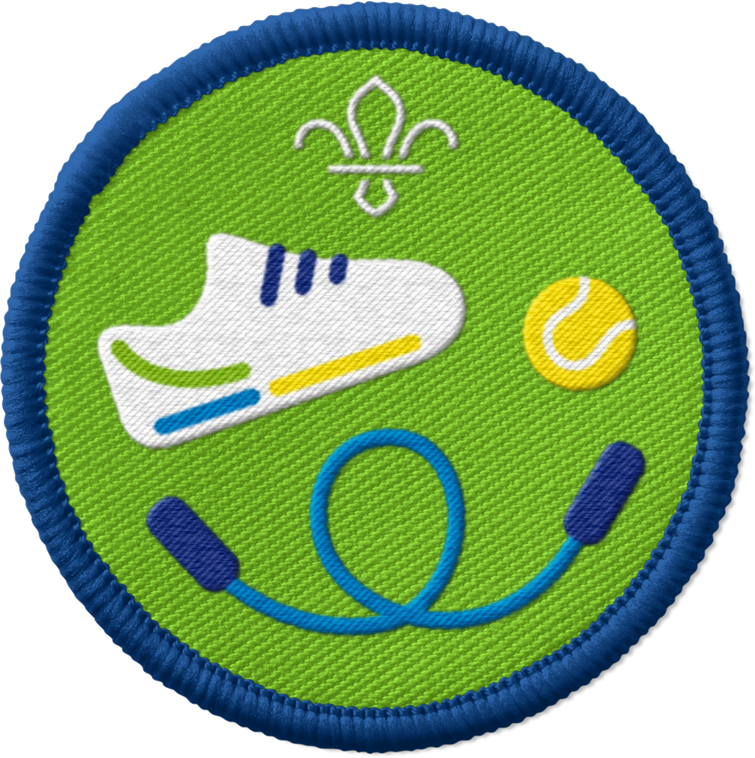
Play What time is it, Mr Wolf?
Before you begin
- Use the safety checklist to help you plan and risk assess your activity. There's also more guidance to help you carry out your risk assessment, including examples. Don’t forget to make sure all young people and adults involved in the activity know how to take part safely.
- Make sure you’ll have enough helpers for each team to have one. You may need some parents and carers to help if you’re short on helpers.
To watch in full screen, double click the video
Setting up the game
-
Remember to check the terrain and make sure the game area is free of hazards. For example, hazards could be dips in the grass, steps, rocks or rivers if you’re playing outside. For example, hazards might be wet floors if you’re playing inside.
Playing the game
- Choose someone to be the wolf.
- The wolf should stand against one side of the space or at a marker, such as a cone.
- Everyone else should line up and wait at the opposite end of the space to the wolf.
- The wolf should turnaround, so they have their back to the other players and can’t see them.
- The aim of the game is to avoid being caught by the wolf.
- Together, when’s everyone ready, the players should call out ‘What time is it, Mr Wolf?’
- The wolf then says a time, such as ‘It’s 3 o’clock’.
- The players would then take that number of steps towards the wolf. For example, for ‘3 o’clock’, you would take 3 steps.
- Everyone should keep repeating the question again, saying ‘What time is it, Mr. Wolf?’ and moving forward the number shouted each time.
- Eventually, in response to the question, the wolf should say, ‘It’s dinner time!’
- When the wolf says this, the wolf will start to chase everyone.
- Everyone needs to get quickly back to the start before the wolf can catch one of the players.
- If the wolf catches one of the players, then that player becomes the wolf. The game starts again.
Alternative ways to play
- One alternative version is that you can also play where the players must try to tap the wolf on the shoulder. If someone taps the wolf on the shoulder, then that player becomes the wolf and the game starts again. This can make it harder for the wolf, as the wolf doesn’t want the players to get too close to them, therefore making it harder to catch the players when chasing after them as they’re further away.
- Another alternative version is that the wolf must try and tag as many players as possible. Everybody tagged can join the wolf and help to chase people on the call of ‘Dinner time!’ The last player in the game, wins.
Reflection
This game was also about problem-solving. What was the trickiest part of the game? People might have had to think about the size of steps they took. Did any of the big numbers take people by surprise?
If people were playing the wolf, they might have had to think about what numbers to choose. They may have wanted people to come closer to make it easier to chase and tag them. Did anyone think of any strategies or ways to play the game?
Safety
All activities must be safely managed. You must complete a thorough risk assessment and take appropriate steps to reduce risk. Use the safety checklist to help you plan and risk assess your activity. Always get approval for the activity, and have suitable supervision and an InTouch process.
- Contact games and activities
Make sure everyone understands what contact is acceptable, and monitor contact throughout the activity.
- Active games
The game area should be free of hazards. Explain the rules of the game clearly and have a clear way to communicate that the game must stop when needed. Take a look at our guidance on running active games safely.
- To make it easier, you could have more than one wolf or play in a smaller area.
- To make it harder, you could have a wider area or distance to play over.
Make it accessible
All Scout activities should be inclusive and accessible.
Young people can decide themselves the numbers they’ll call.

